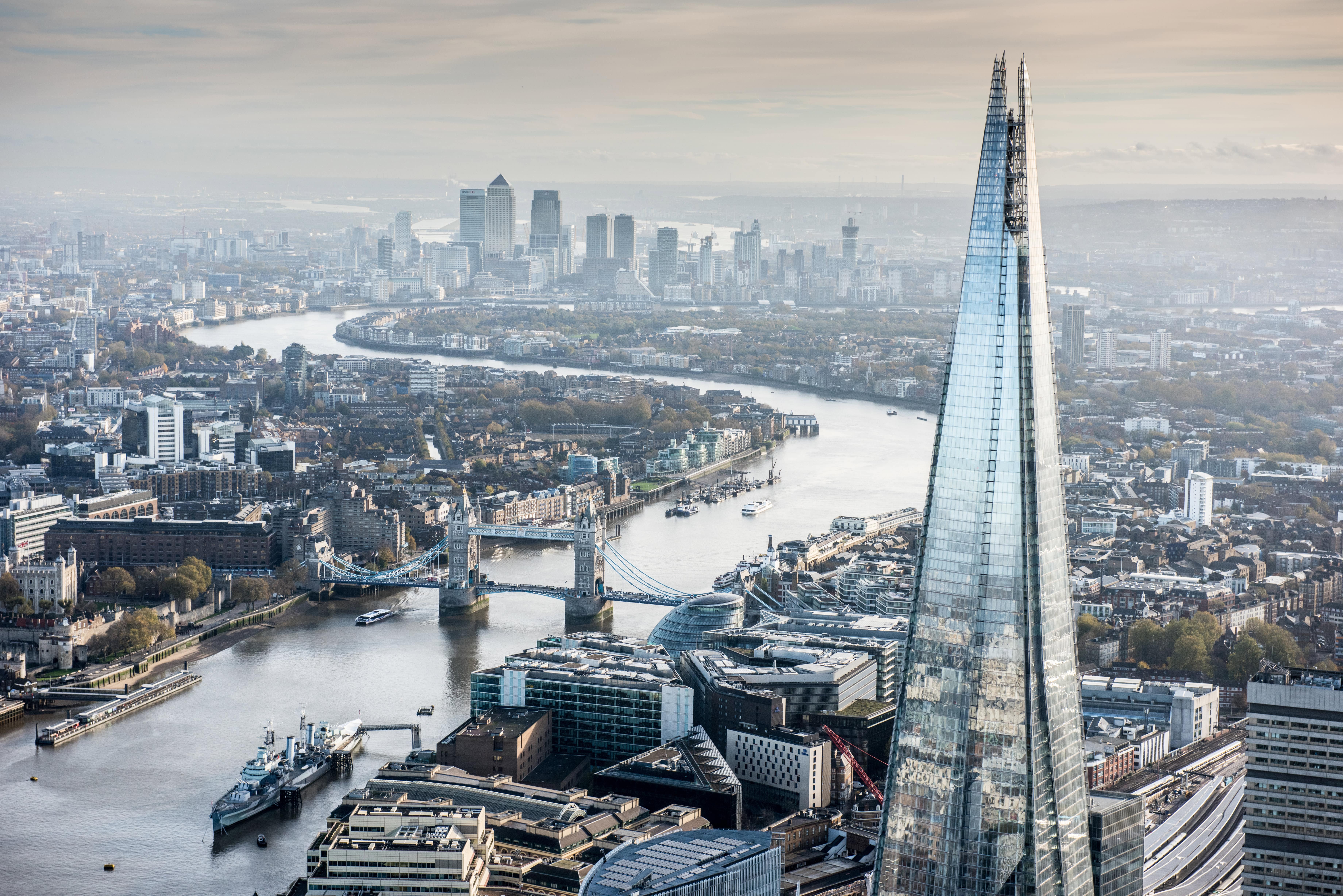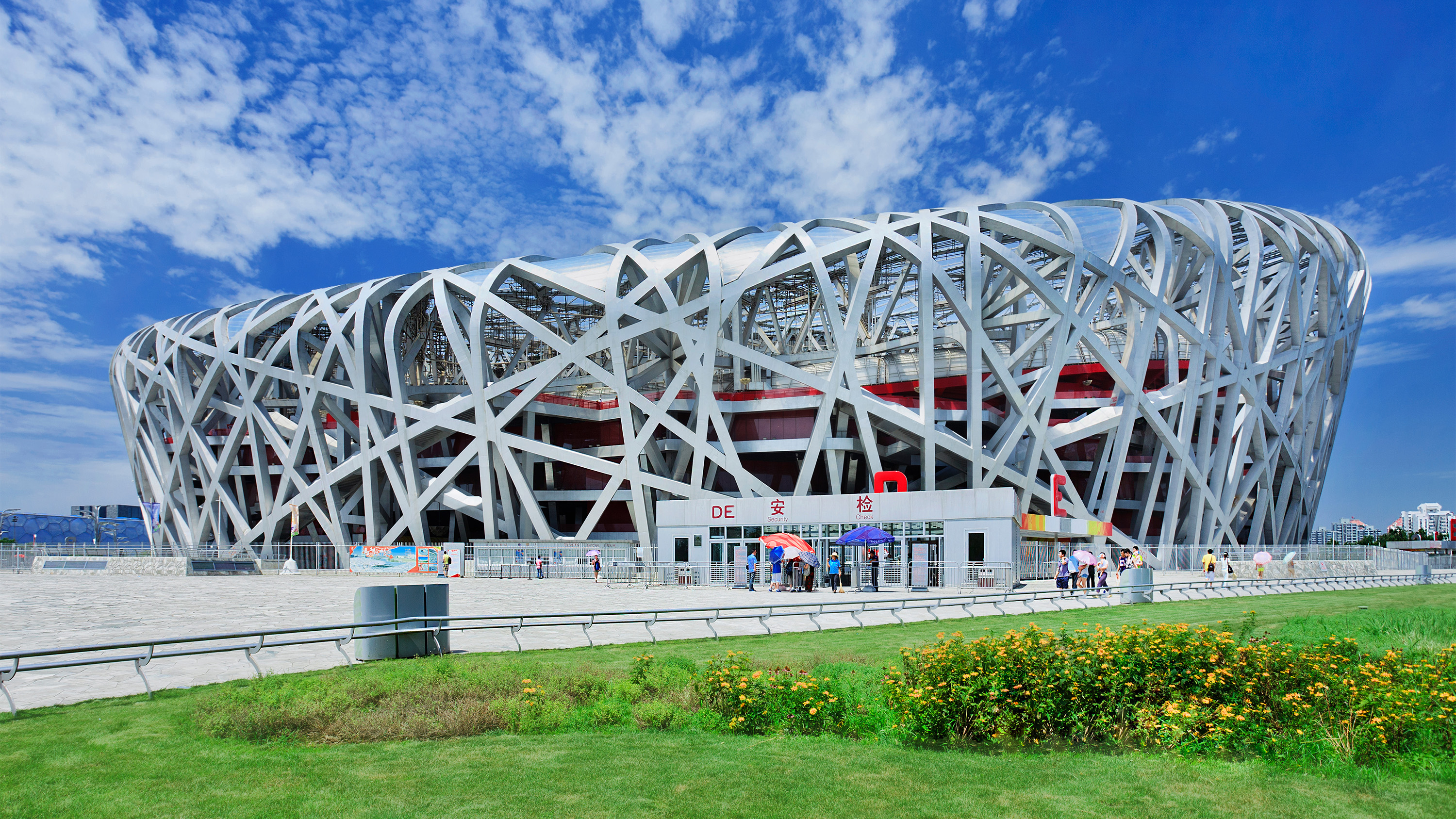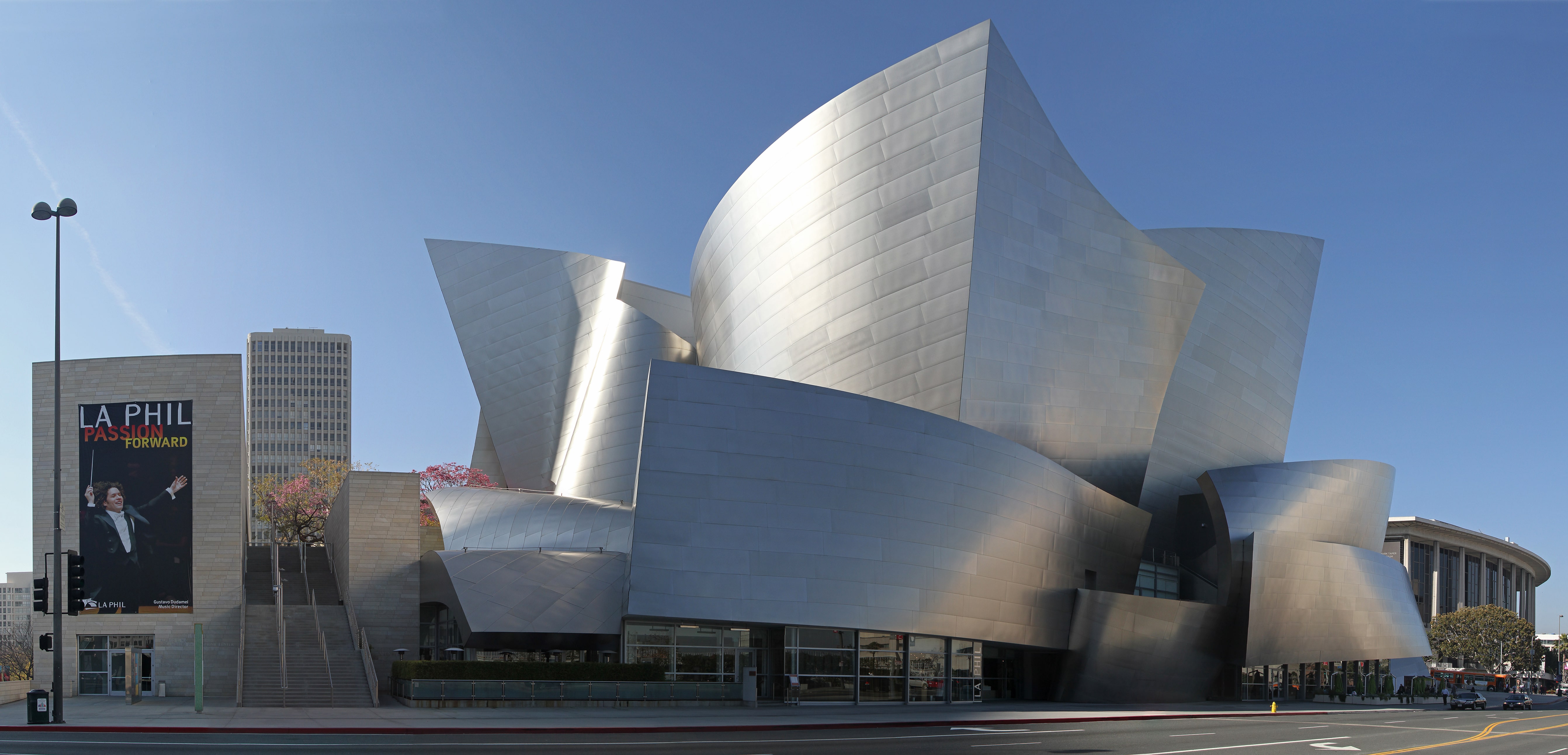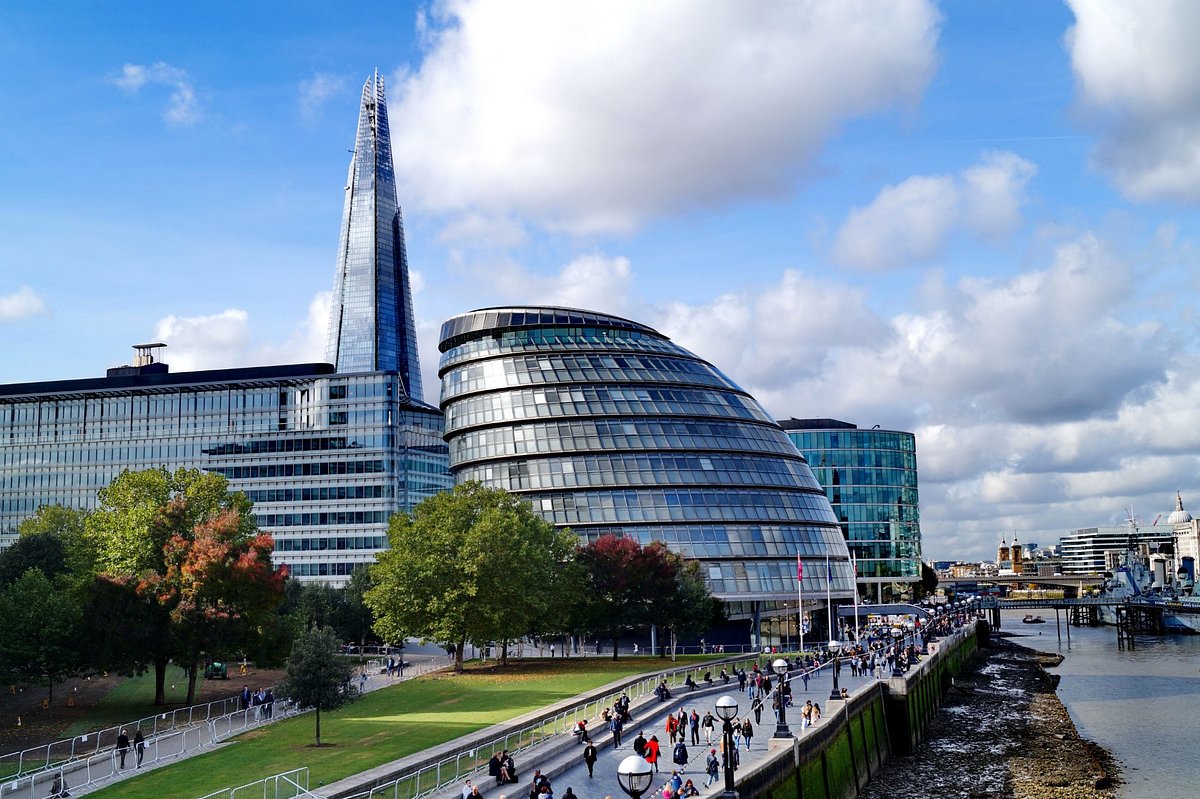Contents
Contemporary architecture isn't just about glass boxes and steel frames anymore. Today's projects blend open floor plans, unconventional materials, and smart building systems into designs that perform as well as they look. The challenge isn't keeping up with trends, it's managing the complexity that comes with them.
Seven defining features shape today's architectural landscape, driven by technologies that transform how we design and build. From London's Shard to Milan's vertical forests, these projects demonstrate what happens when ambitious design meets rigorous project management. Whether you're specifying materials, coordinating consultants, or tracking project budgets, understanding what makes contemporary architecture work determines your practice's success.
What Is Contemporary Architecture?
When I talk with firm principals about today's design landscape, contemporary architecture defies simple categorization. Unlike modernism, that early-to-mid-20th-century movement of flat roofs and steel-and-glass boxes, contemporary work refuses to follow one manifesto. It's fluid and constantly evolving, absorbing new materials, digital tools, and cultural shifts as they emerge.
This flexibility means you'll see wildly different styles sitting side by side:
- A timber-framed passive house next to a sculptural concrete gallery, both equally contemporary
- Parametric glass paired with Art Deco ornament creating visual richness
- Complex geometries working alongside responsive façades for deep sustainability integration
These diverse approaches represent what contemporary architecture has become: experimental, technology-driven, and free to borrow from any era.
For project managers and operations leads, this fluidity creates real challenges. Budgets must accommodate novel materials, schedules need flexibility for iterative Building Information Modeling (BIM) workflows, and teams require real-time data when clients ask for updated energy models. Understanding these shifting parameters helps you price work accurately and keep scope aligned with evolving client expectations.
Contemporary architecture is inseparable from technology and environmental performance. Responsive façades that reduce energy loads, mass-timber frames that sequester carbon, and IoT systems that optimize comfort aren't experimental anymore, they're standard deliverables your clients expect. Firms that master this intersection of design ambition and technical execution thrive, while those clinging to outdated approaches risk irrelevance.
Hallmark Features of Contemporary Architecture
Seven features define contemporary architecture. Know them well and you can anticipate client requests and budget risks before they surface.
Open floor plans remove interior walls to pull daylight deep into spaces while letting square footage work harder. For your team, that means structural and MEP consultants join earlier to coordinate long-span framing, duct distribution, and acoustics.
Geometric simplicity means clean lines and uncluttered surfaces, but it only works when balanced with contrast: textured cladding, a bold cantilever, a color accent. Fewer ornamental elements free up budget for high-performance envelopes or daring structural moves.
Unconventional materials now drive design rather than follow it. Contemporary projects specify Corten, ETFE, translucent aluminum foam, Computer Numerical Control (CNC)-milled stone, and fabric sandwich glass. Each innovation creates new questions you must answer early:
- What are the lead times and installer learning curves?
- How do lifecycle assessments compare to traditional options?
- What warranty language protects the project?
- Will the spec section or contingency absorb cost overruns?
Answer these questions wrong and budgets explode.
Harmony with nature has shifted from luxury to baseline expectation. Oversized sliders, pocketing glass walls, and covered terraces blur indoor-outdoor boundaries. Coordinate structural deflection limits, thermal break requirements, and bird-safe coatings before pricing, or you'll value-engineer away the nature connection your concept promised.
Bright, airy interiors use low-E glass, clerestories, and light wells to cut daytime energy loads. This transparency recalibrates HVAC sizing, daylight modeling, and lighting controls. Run early simulations so electrical engineers don't over-specify fixtures.
Flat roofs support photovoltaic arrays, roof gardens, and amenities clients crave in tight footprints. But they shift liability to you through tapered insulation, drainage crickets, and membrane selection. Miss a scupper detail and your minimalist silhouette becomes a warranty claim.
Environmental considerations form the backbone of every decision. Contemporary architecture puts recycled content, passive strategies, and interconnected systems front and center. The brief now includes carbon dashboards, smart meters, and post-occupancy reviews. Build those requirements into your fee proposal early or shoulder unbudgeted work later.
Master these seven features and you'll steer stakeholders toward profitable delivery and buildings that perform long after ribbon-cutting.
Advanced Technology & Materials
"Advanced technology, computer-aided design, ecological materials." That shorthand captures the toolkit you now reach for on almost every contemporary project, and it changes how you design, bid, and manage fees.
Digital design comes first. Parametric and generative tools let you iterate dozens of façade options in the time it once took to sketch one. When you plug those studies into a rich BIM model, the entire team sees clashes and cost impacts before anyone orders steel. BIM tied to AI-driven analysis is becoming the baseline for coordination, not a nice-to-have upgrade. Fewer late-stage surprises mean a clearer path to profitable delivery.
Three technology shifts are compressing timelines and cutting rework across the industry:
- Prefabricated panels arrive as complete assemblies with insulation, air barrier, and flashing factory-sealed into single units, cutting field errors by up to 30% and accelerating dry-in schedules for tighter cash flow.
- Mass timber and Cross-Laminated Timber (CLT) sequester carbon while competing with concrete on strength and fire resistance, giving you straight answers when owners demand embodied-carbon metrics.
- IoT-enabled building systems track energy loads, air quality, and occupancy in real time, feeding data into digital twins that optimize performance long after ribbon-cutting.
These advances demand earlier MEP collaboration and commissioning budget that used to be optional.
Façade palettes are widening too. Translucent aluminum foam, fabric-laminated glass, and CNC-milled stone panels offer daylight control and acoustic performance without traditional weight penalties. These hybrid materials cost more per square foot, but installation speed and distinctive appearance often justify the premium.
Better modeling plus smarter materials compress schedules and shift costs forward, but they also cut rework and deliver measurable value. When your fee structure reflects that reality, advanced technology stops feeling like risk and starts acting like margin.
Stand-Out Contemporary Buildings
When you need to explain contemporary architecture to clients or team members, real projects work better than theory. These six buildings capture the movement's defining characteristics while highlighting the coordination challenges, budget realities, and technical problems you solve daily.
The Shard, London
Completed in 2012 by Renzo Piano, The Shard rises 72 occupied floors in a crystalline glass form. The geometry reads clearly from street level: a tapered prism that demonstrates geometric simplicity while responding to London's urban context. Angled façade planes create a dynamic appearance and maximize daylight, while high-performance coatings control solar gain despite extensive glazing. The structural core shifts as the tower rises to accommodate mixed-use programming. If you've modeled similar geometries, you know the coordination required to deliver clean lines without expensive transfer beam solutions.

Beijing National Stadium
Herzog & de Meuron's 2008 "Bird's Nest" makes structure into architecture. The steel lattice isn't decoration, it carries enormous roof loads around a 91,000-seat bowl while creating the building's visual identity. The stadium demonstrates material honesty driving aesthetics, a contemporary architecture hallmark, with architecture and engineering integrated from project start. The project management lesson: custom structural systems multiply schedule risk, requiring bulletproof milestones and contingency funds that survive value engineering.

Walt Disney Concert Hall
Frank Gehry's 2003 Los Angeles concert hall proves complex form can meet strict performance requirements. Stainless steel surfaces twist upward while the interior acoustic volume maintains geometric precision measured in fractions of inches. Every panel was digitally modeled, rationalized into flat pieces, and laser cut, an early example of computational workflows now standard in practice. The double-curved surfaces underscore a budgeting reality: custom geometry requires early contractor involvement and rigorous cost tracking.

London City Hall
Foster + Partners designed this 2002 civic building with a tilted ovoid form that reduces south façade solar exposure and channels breezes through the atrium. Energy modeling predicted significantly lower consumption compared to rectangular alternatives, though operational data later showed higher actual consumption than anticipated. The project demonstrates environmental performance without sacrificing Thames riverfront presence. If your firm targets net-zero goals, City Hall shows how form and performance reinforce each other when mechanical engineers participate from schematic design forward.

World Trade Center Transportation Hub
Santiago Calatrava's 2016 Oculus combines sculptural drama with moving 250,000 daily commuters. White steel ribs fan open like wings, providing symbolic meaning while admitting daylight to the concourse below. Coordinating that daylight with underground retail and PATH train systems required parametric modeling, continuous clash detection, and a construction budget exceeding $4 billion. The lesson: expressive architecture succeeds only when project data, schedule, cost, fabrication tolerances, remains transparent across all consultant teams.

Contemporary vs. Modern
If you've ever described a recent project as "modern," you're mixing up two different eras. Modern architecture ran from roughly 1920 to 1960, built around "form follows function," honest steel and concrete, and minimal ornamentation. Think Le Corbusier's Villa Savoye, clean geometry and rational layouts that still look radical today.
Contemporary architecture is what we're designing right now. It borrows modernism's clean lines but adds digital fabrication, smart systems, and sustainability as core drivers. Frank Gehry's Walt Disney Concert Hall shows the difference, those twisted titanium-like surfaces would be impossible without today's computational tools, and its innovative design incorporates sustainable features such as natural ventilation and daylighting.
Here's how the two approaches differ:
When you pitch clients, calling a titanium-clad, AI-optimized design "modern" misses the point. You're working in a contemporary paradigm that builds on modernist principles but goes far beyond them. Getting this distinction right helps you set proper expectations, justify advanced processes, and deliver buildings that work for today while staying adaptable for tomorrow.
Future Directions
Three forces are reshaping how you design and deliver buildings:
- Immersive tech: Virtual Reality (VR) and Augmented Reality (AR) tools let clients walk through full-scale models and test materials before you pour footings, shortening feedback loops and surfacing clashes early.
- AI workflows: Generative algorithms propose dozens of massing studies in minutes. When those flow directly into BIM, prefabrication plants cut panels within hours, compressing schedules and tightening costs.
- Regenerative thinking: Firms are moving beyond net-zero to carbon-positive projects. Mass-timber structures pair with on-site renewables and biodiversity corridors, turning buildings into environmental assets.
Adaptive reuse is accelerating too. Repurposing existing envelopes reduces embodied carbon while climate resilience demands elevated structures, flood-tolerant materials, and mechanical systems built for rapid recovery.
Master the complexity through tighter data flow and sharper cost tracking, and you'll shape practice itself.
Master the Complexity
Contemporary architecture demands sophisticated coordination across consultants, complex materials, and tight budgets. The firms delivering ambitious projects profitably aren't doing it with spreadsheets.
When you're coordinating parametric facades, tracking CLT deliveries, and managing consultant billing across five active phases, you need tools built for architecture and engineering workflows. Monograph gives you real-time visibility into project budgets, team capacity, and cash flow, all in one platform designed specifically for A&E firms.
Stop managing contemporary complexity with yesterday's tools. Book a demo.
Frequently Asked Questions
How is contemporary architecture different from modern architecture?
Modern architecture was a specific movement from 1920-1960 focused on "form follows function" with steel, concrete, and glass. Contemporary architecture is what's being designed now, incorporating digital tools, sustainable materials, and smart building systems while freely borrowing from any era or style.
What are the key features that define contemporary architecture?
Seven features define contemporary architecture: open floor plans, geometric simplicity, unconventional materials, harmony with nature, bright interiors, flat roofs, and integrated environmental considerations. These aren't just aesthetic choices, they drive project coordination, consultant scopes, and budget structures.
How does technology impact contemporary architecture projects?
Technology transforms every phase: BIM with AI analysis reduces coordination errors, parametric tools generate design iterations faster, prefabricated panels compress schedules by 30%, and IoT sensors optimize building performance post-occupancy. For project managers, this means earlier consultant involvement and new budget considerations for commissioning and data analytics.
What challenges do firms face when managing contemporary architecture projects?
Contemporary projects create unique challenges: novel materials require extended lead times and specialty installers, iterative BIM workflows need schedule flexibility, sustainable performance targets demand early energy modeling, and clients expect real-time budget visibility. Firms that master these coordination challenges through integrated project management systems maintain profitability while those relying on spreadsheets struggle with scope creep and margin erosion.




.png)
